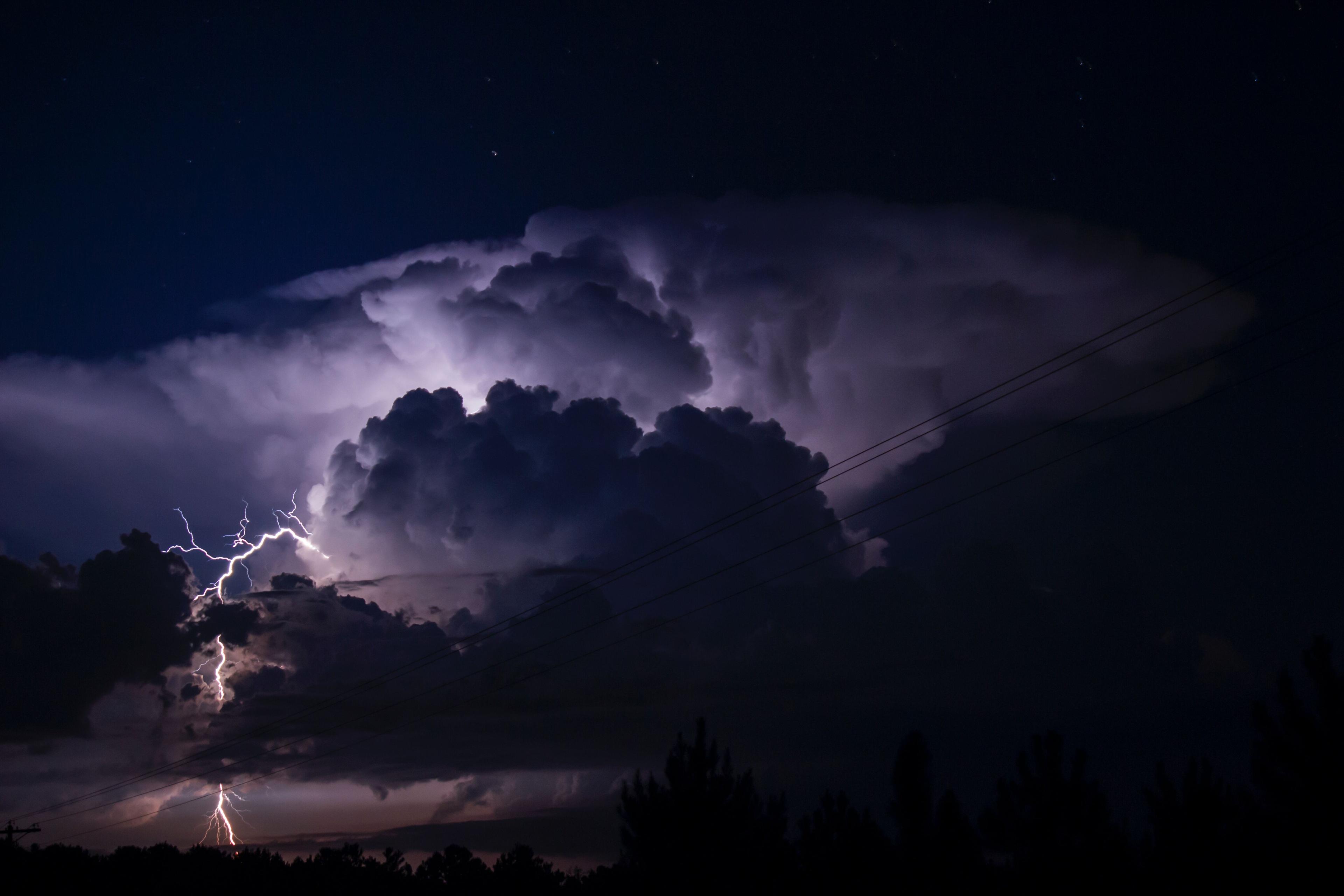09/06/2023
Python Weather API
How To Use Weather API in Python
Meteomatics offers the best weather API for Python, thanks to its exceptional Python connector, available to all users for free. Keep reading to discover how to use it.
Weather API and Python: A Beautiful Friendship
A weather API is a tool that provides developers with programmatic access to real-time and historical weather data from various sources. Meanwhile, Python is a high-level, interpreted, and general-purpose programming language known for its simplicity, readability, and versatility. It adheres to an "open source" philosophy, which means that the source code is freely available for anyone to download, use, modify, and distribute.
By utilizing Python, developers can effortlessly integrate weather information into their applications. This allows them to create dynamic weather forecasts, display current weather conditions, and empower users with weather-related insights, all with the simplicity and efficiency of Python.
How To Use a Weather API in Python?
1. WITHOUT a Python Connector: Tiresome Two-Step Process
Download your data from a weather API
Use Python to read the data stored on your filesystem
Data downloaded from any weather API can be read into Python, where it can be manipulated using the intuitive syntax and flexible solutions offered by the language. With most weather APIs, however, this is a two-step process, in which the data must first be downloaded and processed using the API protocols, and only then can be read into Python.
In order to automate this process with a typical weather API, a user would need to write their own code to access the API from within a script. Usually this involves a HTML request, which must be parsed correctly, and the unpacking of the returned data, which may be complicated and varied, depending on the configuration of the API in question.
2. WITH a Python Connector: Easy One-Step Process
Read data directly from the Meteomatics API
Unlike a typical weather API, a Python weather API offers the advantage of direct Python connectors. These connectors enable users to automate data fetching from the API within Python scripts, ensuring a more Pythonic workflow.
By eliminating the need for separate processing steps, Python weather APIs streamline the data retrieval process and enable developers to focus on their projects.
A Python connector takes the form of Python libraries which can be downloaded from the weather API provider.
Get the Weather API for Python from Meteomatics
To get the Weather API for Python from Meteomatics:
- Create a Weather API account
- Navigate to https://github.com/meteomatics/python-connector-api
- Access the Python library and see examples of the Meteomatics free Weather API for Python in action, including demo scripts for interesting use cases such as producing an automatic energy market forecast.
Create a Weather API Account
To create a Weather API account, you can sign up for a Free Basic package — ideal for enthusiasts with non-commercial projects — or for a 14-day free trial of our Business package.
Expert Call
Let’s Find the Perfect Solution to Your Problem. Talk to an Expert.
We provide the most accurate weather data for any location, at any time, to improve your business.
